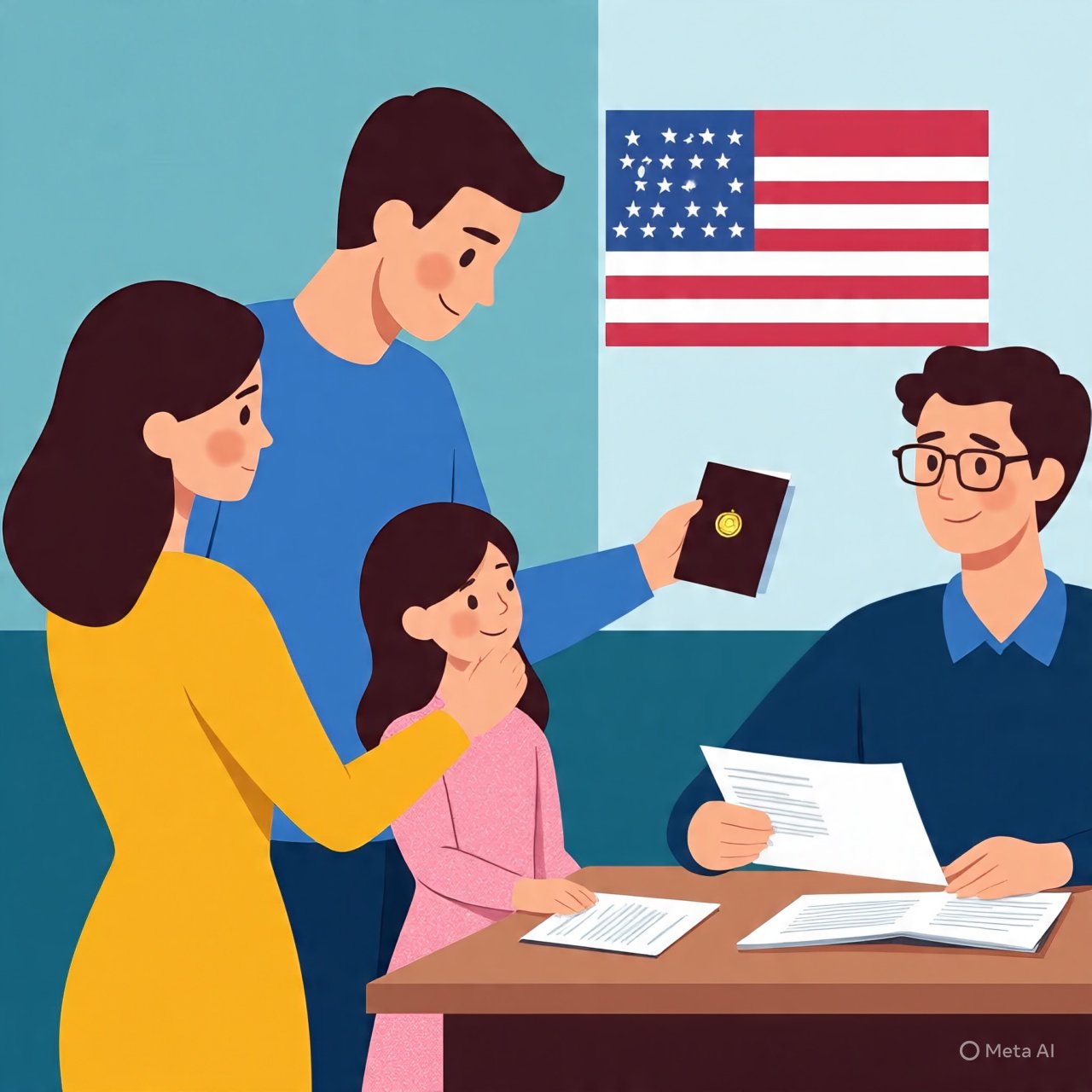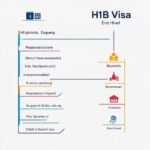Family-based immigration is one of the most common ways people obtain permanent residency in the United States. In 2025, the U.S. immigration system continues to support the reunification of families through a structured and well-defined visa process. Whether you’re a U.S. citizen or a lawful permanent resident (green card holder), this guide will help you understand how to sponsor your family members for immigration to the United States.
What Is Family-Based Immigration?
Family-based immigration allows U.S. citizens and lawful permanent residents (LPRs) to sponsor certain relatives to become green card holders. This process is rooted in the principle of keeping families together and is a key part of U.S. immigration law.
Who Can Sponsor a Family Member?
There are two main categories of family-based immigration:
1. Immediate Relatives of U.S. Citizens
These visas are not subject to annual limits. Immediate relatives include:
- Spouse of a U.S. citizen
- Unmarried children under the age of 21
- Parents of U.S. citizens (petitioner must be 21 or older)
2. Family Preference Categories
These are subject to annual numerical limits and longer waiting times. Categories include:
- F1: Unmarried sons and daughters (21 or older) of U.S. citizens
- F2A: Spouses and children of green card holders
- F2B: Unmarried sons and daughters (21 or older) of green card holders
- F3: Married sons and daughters of U.S. citizens
- F4: Siblings of U.S. citizens (petitioners must be 21 or older)
Eligibility Requirements for the Petitioner
To sponsor a family member in 2025, the U.S. sponsor must:
- Be a U.S. citizen or lawful permanent resident
- Be at least 18 years old (and 21 for some categories)
- Have a U.S. domicile (permanent U.S. residence)
- Meet the income requirements set by the U.S. government (usually 125% of the Federal Poverty Guidelines)
The sponsor must also submit an Affidavit of Support (Form I-864) to prove financial capability.
Application Process (Step-by-Step)
- File Form I-130: Petition for Alien Relative
- USCIS Review: Wait for USCIS approval (can take months depending on the category)
- Visa Processing: If the visa is current, the case moves to the National Visa Center (NVC)
- Consular Processing or Adjustment of Status:
- If the family member is abroad: interview at a U.S. embassy/consulate
- If the family member is already in the U.S.: apply for a green card via Form I-485
- Interview & Decision: Attend interview and receive a decision
How Long Does It Take in 2025?
Processing times vary depending on the category and country of origin:
| Category | Approx. Wait Time |
|---|---|
| Immediate Relatives | 6–12 months |
| F2A | 1–2 years |
| F3 & F4 | 5–15+ years |
Note: Backlogs and country-specific quotas (e.g., for Mexico, Philippines, India) can cause significant delays.
Common Challenges in 2025
- Delays due to USCIS backlog or documentation errors
- Public Charge Rule no longer applies but financial stability is still reviewed
- Fraud detection is strict — especially in spousal visa cases
- Changes in policy may affect eligibility and timelines (e.g., immigration reform)
How to Improve Your Chances
- Submit complete and accurate documentation
- Hire an immigration attorney for complex cases
- Keep updated with the USCIS Visa Bulletin each month
- Respond to any Requests for Evidence (RFEs) quickly
Conclusion
Family-based immigration remains a key pathway for lawful entry to the United States in 2025. While the process can be long and complex, understanding your eligibility, preparing accurate paperwork, and staying informed on policy changes can significantly improve your success. Whether you’re reuniting with a spouse, parent, or child, starting the process early and carefully is the best way to bring your loved ones to the U.S. legally and permanently.


